Let Gaudí take you around Barcelona...
Thursday, September 23, 2021
The city of Barcelona, capital of Catalonia, was the main place where Antoni Gaudí, the great Modernist architect and decorator, developed his talent. From his first modest commissions to the buildings that the UNESCO declared World Heritage, the imprints of the Reus architect are part of the main attractions in Barcelona.
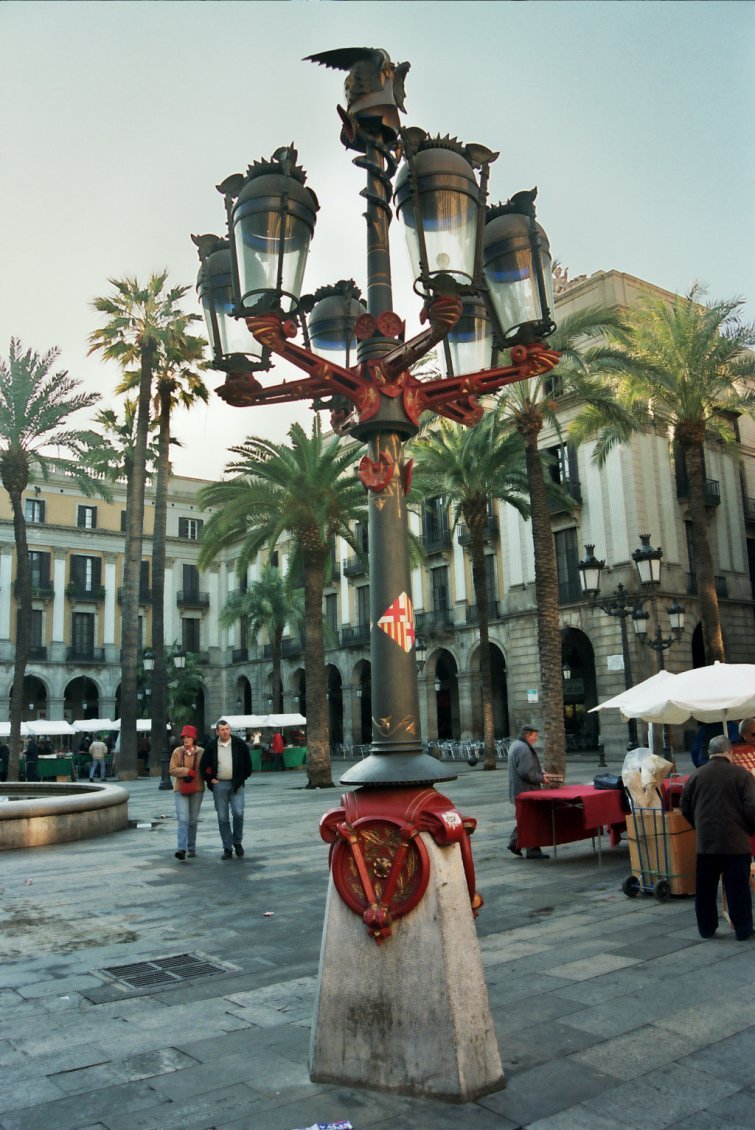 It is a route that may be covered in one day. It can be done on foot, by bike or using the public transport in Barcelona. Something to bear in mind, especially if you choose one of the two first options, is that the route crosses the city from the lower part to the upper part. It is a route that may be covered in one day. It can be done on foot, by bike or using the public transport in Barcelona. Something to bear in mind, especially if you choose one of the two first options, is that the route crosses the city from the lower part to the upper part.
The route starts in Plaza Real, right in the centre of the city's old quarter. There are two six-arm lamp posts there, designed by the architect, commissioned by Barcelona City Council. It was one of his first projects (1879) when he was just 27 years old.
Just on the other side of the Ramblas, on Carrer Nou de la Rambla 3-5, we'll find the Güell Palace, one of the many buildings he carried out on commission for the industrial man and politician Eusebi Güell. Built between 1886 and 1890, it was one of the main buildings in which he expressed his conception of architecture and decoration. The building has been declared a World Heritage Site by UNESCO.
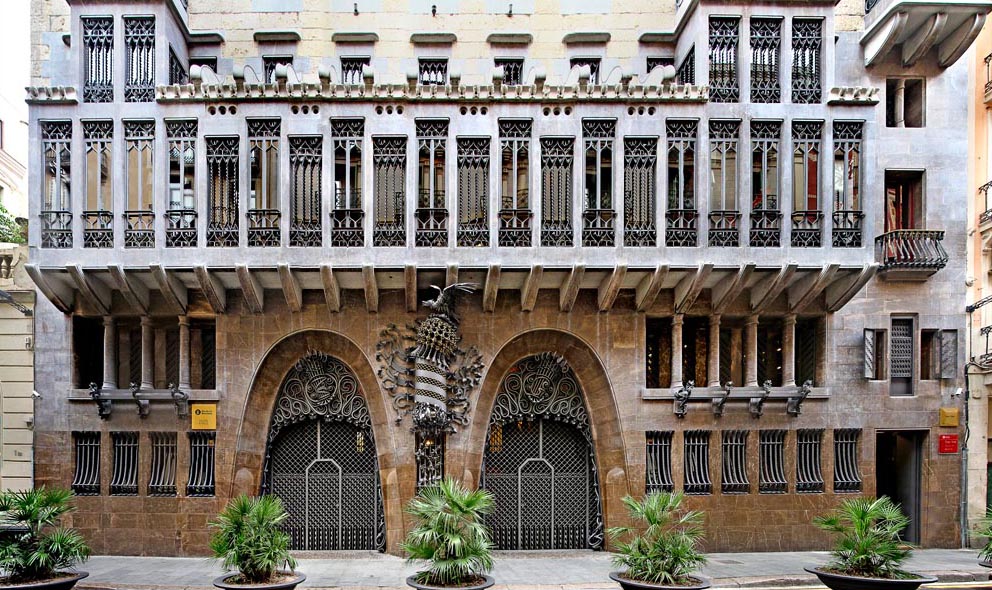
Then we'll travel up Las Ramblas to Plaça de Catalunya and the entrance to Passeig de Gràcia. To the right we'll see Carrer de Casp, where number 48 is Casa Calvet house, a building designed by Gaudí between 1898 and 1900. Then we'll return to Passeig de Gràcia to visit the Casa Batlló house (1904-1906). It is at number 43 and stands out because of its imaginative façade. It is also a World Heritage Site.
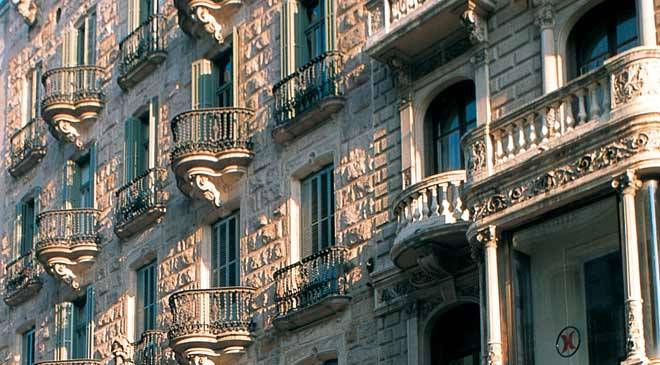

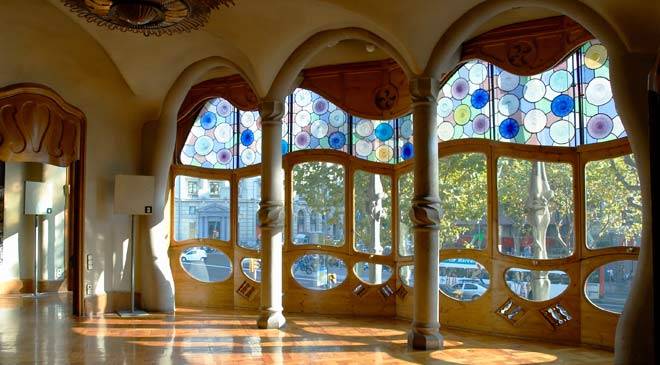
Two corners ahead, where Passeig de Gràcia (number 92) meets Carrer Provença, there is another great work by Gaudí: Casa Milà house (or La Pedrera), built between 1906 and 1910 and declared a World Heritage Site by the UNESCO. Its typical features are its curves, the white limestone on the façade, the innovative chimneys and the design (also curved) of the spaces and homes inside.
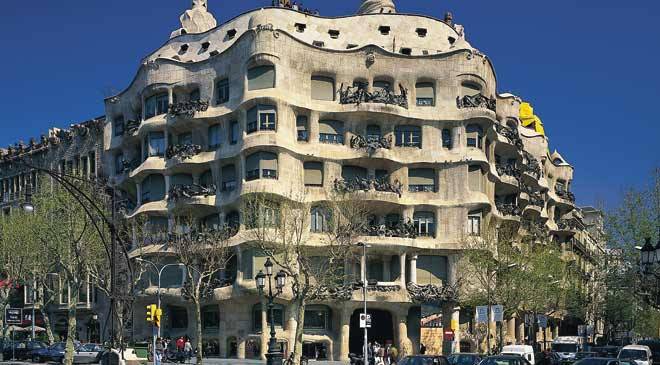
If we continue along Carrer de Mallorca heading north-east, alter about 1.5 kilometres we'll arrive at the Basilica of La Sagrada Familia. It is possibly Gaudí's most internationally famous building and is still being built. As well as its design and conception, Gaudí also made the crypt and the Nativity façade, both declared a World Heritage Site.
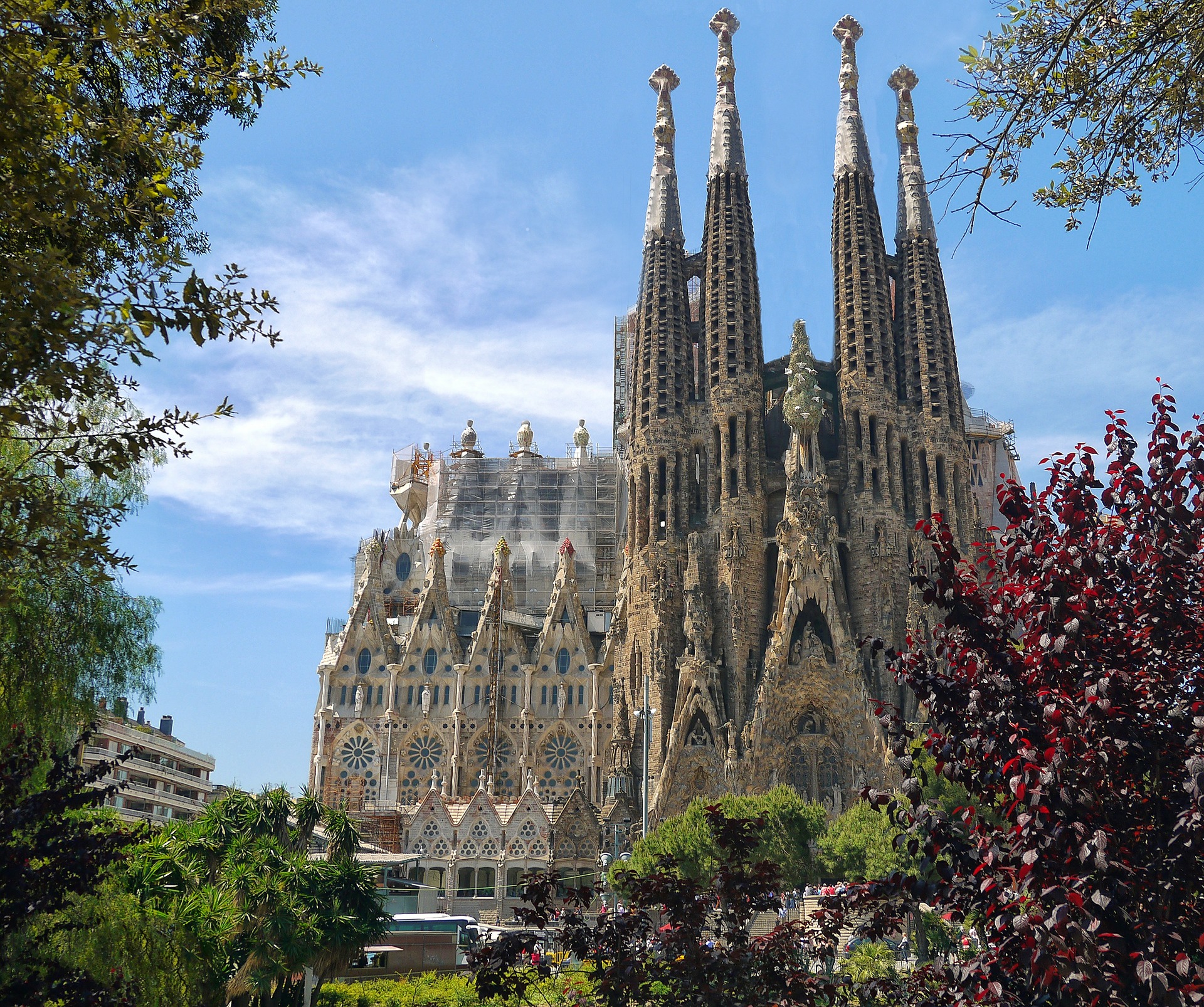

Then we'll head towards the upper part of the city. About 2 kilometres north of the Gràcia neighbourhood, we'll discover the Güell Park. It is a set of gardens with different architectural elements designed by Gaudí between 1900 and 1914 when he was a mature artist.
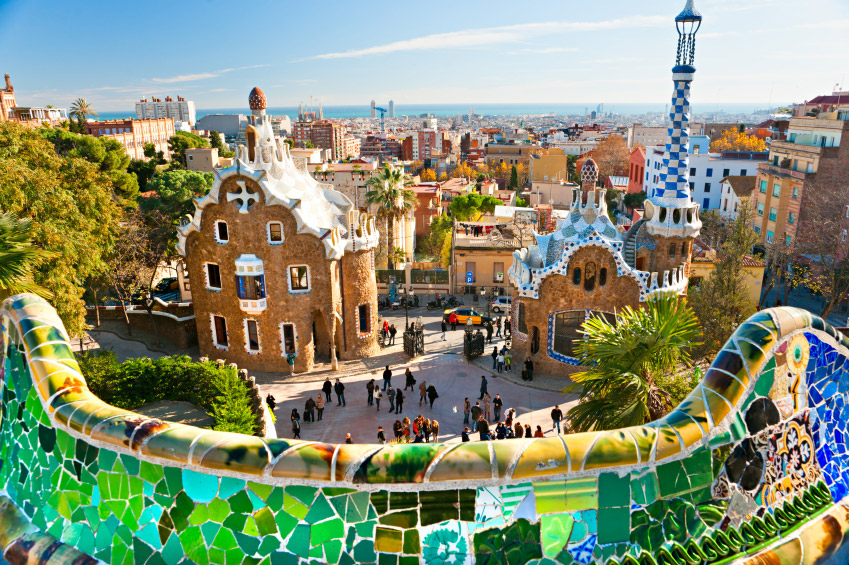
On Carrer de Carolines 24, not far from Güell Park, we'll find Casa Vicens house, one of the main commissions that Gaudí managed to get when he was young (1883-1888). Then we'll head towards the Bellesguard Tower, situated at numbers 16-20 on the nearby street of the same name.
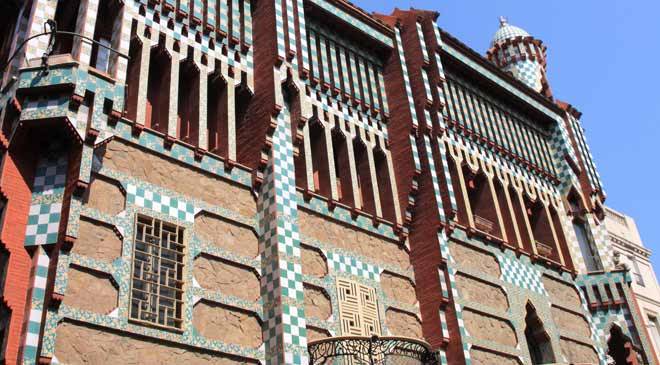
The next to last stop is just over 1 kilometre away, on Carrer de Ganduxer 85. There we'll find the College of Las Teresianas, another of Gaudí's works. Finally, we'll end the route at another building designed for Eusebi Güell: the Güell Pavilions, on Avinguda de Pedralbes 7. It is a set of buildings that Gaudí designed between 1884 and 1887. Enjoy the route!

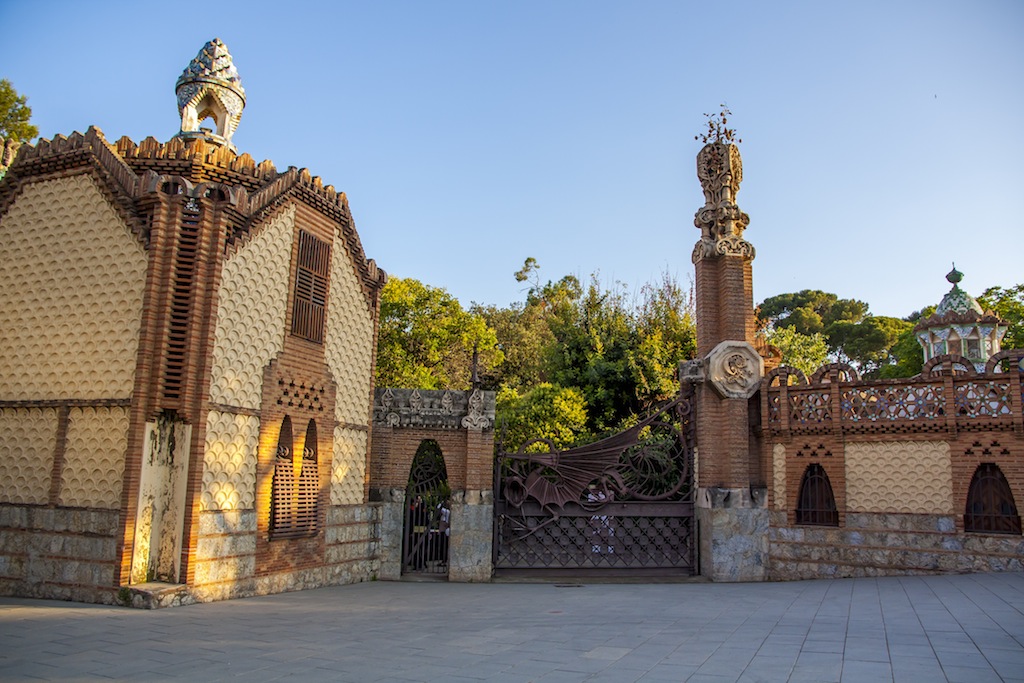
 2
Like
Published at 10:30 PM Comments (1)
2
Like
Published at 10:30 PM Comments (1)
The bank of Spain's other treasure.
Tuesday, September 14, 2021
Goya, Sorolla, Madrazo, Chillida ... the banking institution has presented a catalogue with its collection of paintings and sculptures in order to bring them closer to the general public.
It is well known that the Bank of Spain has the largest gold warehouse in the country with a bomb-proof vault that jealously guards thousands of ingots of the gold that constitute only a part of the 283 tons of national reserves. Much less known is the other precious treasure that the institution conserves in the form of paintings and sculptures, a very rich historical-artistic heritage that it has been amassing throughout its 235 years of existence, and which from now on will be more accessible to the general public.
Undoubtedly more valuable than the ingots that the so-called "Gold Chamber" of this emblematic building on Calle Alcalá keeps safe and sound 35 meters underground (each piece weighs 12.5 kilos and has a value of around 600,000 euros), are the Goya, Sorolla, Madrazo, Zuloaga, Tàpies, Chillida ... treasured by the Bank of Spain. They are all part of the Catalogo Razonado presented yesterday by the organization and which includes its impressive collection of works of art in three volumes, made up of 1,400 pieces by almost 500 Spanish and foreign authors. At the same time, the bank launched its first heritage portal, which makes this fabulous artistic wealth available to everyone.
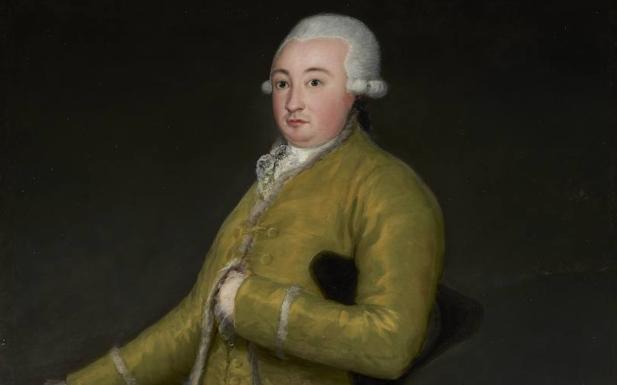
The new catalogue revises and updates another one from 1985 only dedicated to painting, the main discipline represented in the collection. In the current edition, the field of study has been extended to sculpture, drawing and photography.
The three volumes reproduce with great quality each of the 1,400 works in a collection founded over the centuries on the basis of acquisitions, commissions and inheritances from the banks that preceded it. Each one is accompanied by its historical documentation, along with critical comments provided by 22 specialists, as well as the biographies of the artists.
Volume I includes the classical art section: 263 pictorial jewels produced from the 15th century to the first decades of the 20th, and where there are many portraits of the first directors and governors of the Bank of Spain, along with kings and heads of state, who have marked the history of the banking institution since the end of the 18th century. In the words of Javier Portús, head of Conservation of Spanish Painting at the Prado Museum, and author of two of the essays included in this first volume, it is “one of the best collections that exist to study the evolution of the official portrait in Spain since the end of the Modern Age and throughout the Contemporary Age ».
Among these works is a portrait of the Minister of Finance and later Governor of the Bank of Spain in 1877, Pedro Salaverría, painted by Federico de Madrazo and which is considered one of the bank's best canvases. Like a painting of the financier and diplomat of French origin Francisco de Cabarrús signed by Goya in 1788, the last work that the Aragonese genius did for the Bank of San Carlos, the direct predecessor of the Bank of Spain.
Volumes II and III contain more than 1,100 works that make up the contemporary art collection, dating from the middle of the last century to 2018. The pieces corresponding to the 21st century have focused on European and Latin American art.
To discover this unique collection online follow this link https://coleccion.bde.es/wca/es/
 2
Like
Published at 8:27 PM Comments (0)
2
Like
Published at 8:27 PM Comments (0)
San Juan de Gaztelugatxe - An Extraordinary Place
Thursday, September 9, 2021
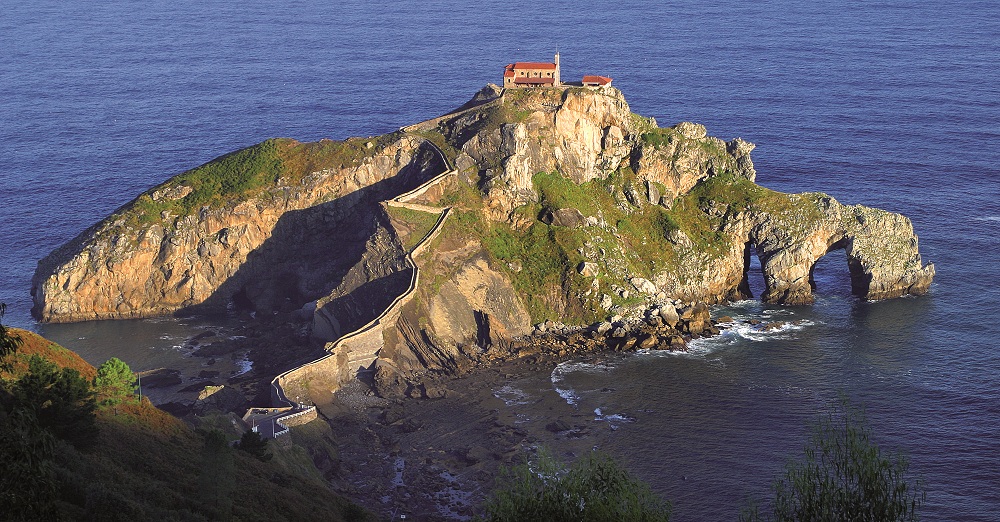
The climb down the hill, across the bridge and up to San Juan de Gaztelugatxe is a small adventure that will handsomely reward you with truly impressive views. The ocean can be particularly rough in this area and the waves really crash against the rocks of the island, adding to its awe-inspiring beauty. If you think it looks cool in the photos, just wait till you experience it in person.
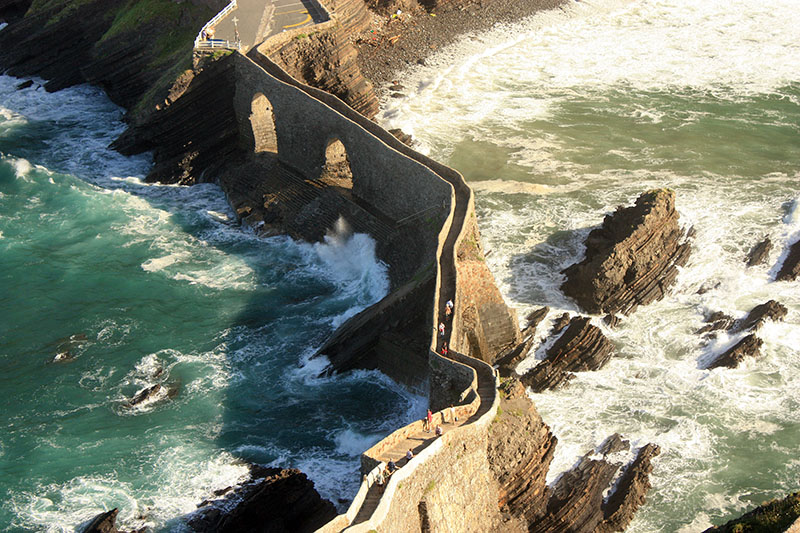
San Juan de Gaztelugatxe, whose name means “castle rock” in Basque (“gaztelu” = castle + “aitz” = rock), is a definite “must” if you are visiting the Basque Country. It is an island located just off the shore along the Bay of Biscay. The island is cone-shaped and features a tiny church on its highest point that is dedicated to John the Baptist. Although not proven, it has been said that he even set foot on the island.
San Juan de Gaztelugatxe is connected to the mainland by a man-made stone bridge. The bridge transitions into a narrow path that contains 241 steps and zigzags its way back and forth to the top. Once there, you will find the church which has a bell situated along the front of its facade. According to legend, after you have completed the climb, you should ring the bell three times and make a wish.
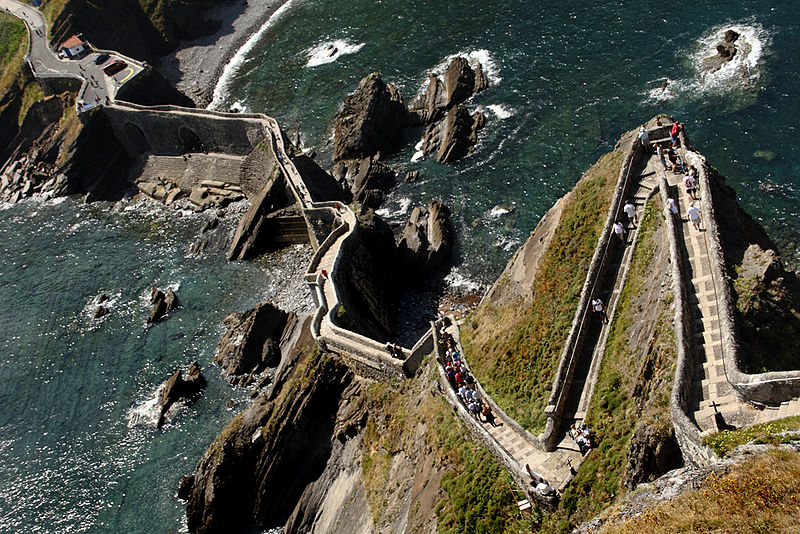
The church on top of the island is by no means the original. Over the centuries the church has burned down and been rebuilt several times. It is believed that the first hermitage that existed here was erected in the 9th century. In the 12th century, it became a convent. However, two centuries later, the friars abandoned it taking with them everything of value.
Later on, San Juan de Gaztelugatxe had a strategic purpose as a defensive outpost for the lords of Biscay. It was used as a bastion against the King of Castile, Alfonso XI. The seven knights from Biscay fought against him at San Juan de Gaztelugatxe. Alfonso XI was humiliated and was forced to retreat.
In 1596, San Juan de Gaztelugatxe was attacked again, this time by Sir Francis Drake and his corsairs. They looted everything they found and killed the hermit that was living there by throwing him off a cliff to the rocks and water below.
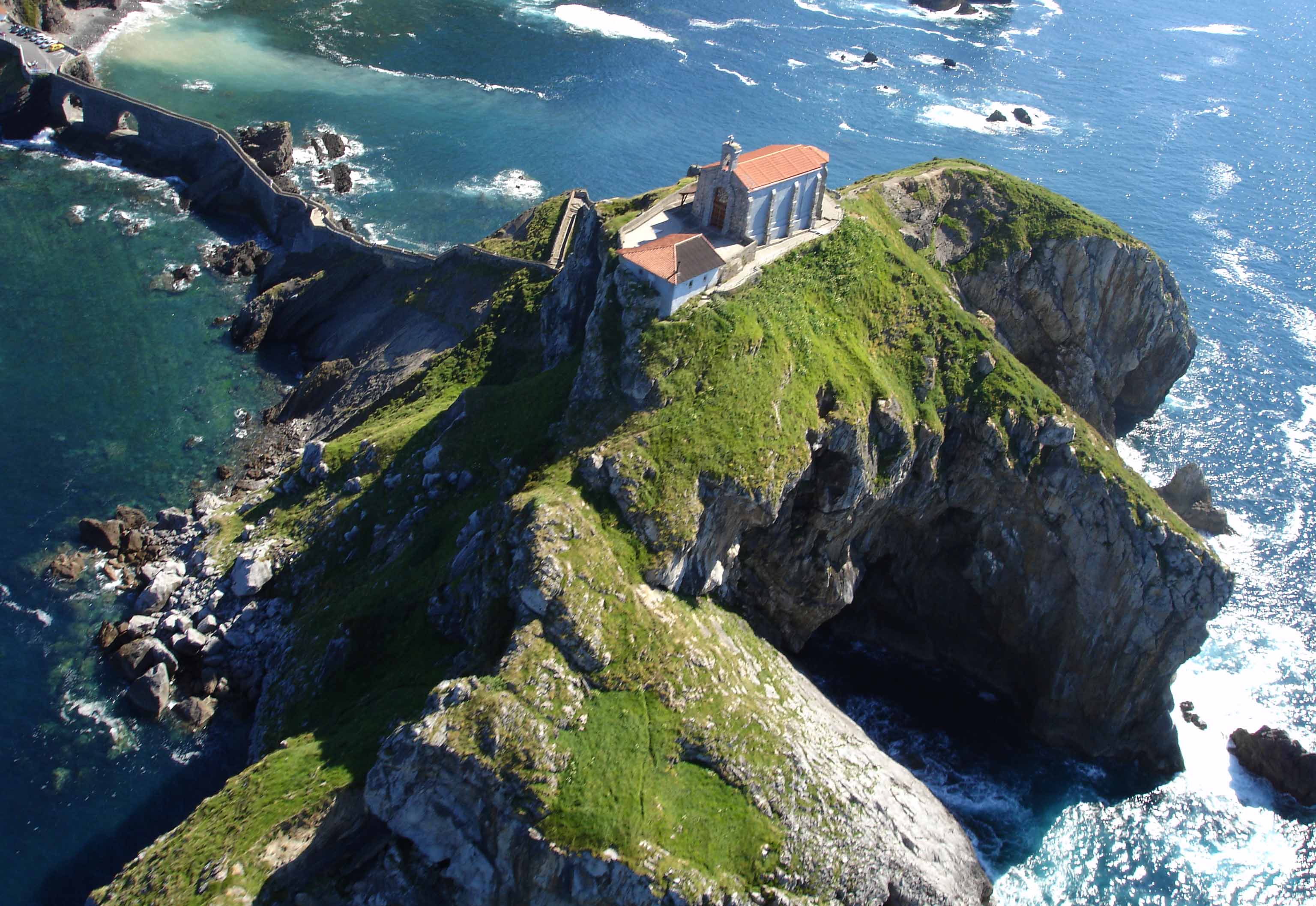
San Juan de Gaztelugatxe also played a role, albeit small, during the Spanish Inquisition. Witches and their ritualistic meetings are known as Akelarre in Basque make up a part of the Basque mythology. For this reason, the Catholic Church focused much of its time during the inquisition hunting for witches in the region. Several accounts seem to indicate that many of the accused were locked up in the caves of San Juan de Gaztelugatxe.
The church deteriorated over time and it was eventually demolished in 1886 and then rebuilt from scratch. Unfortunately, during the demolition process, all of the artefacts found in the ground, such as coins and cannonballs, were thrown into the sea.
 1
Like
Published at 7:53 PM Comments (0)
1
Like
Published at 7:53 PM Comments (0)
The Green Spain
Wednesday, September 1, 2021
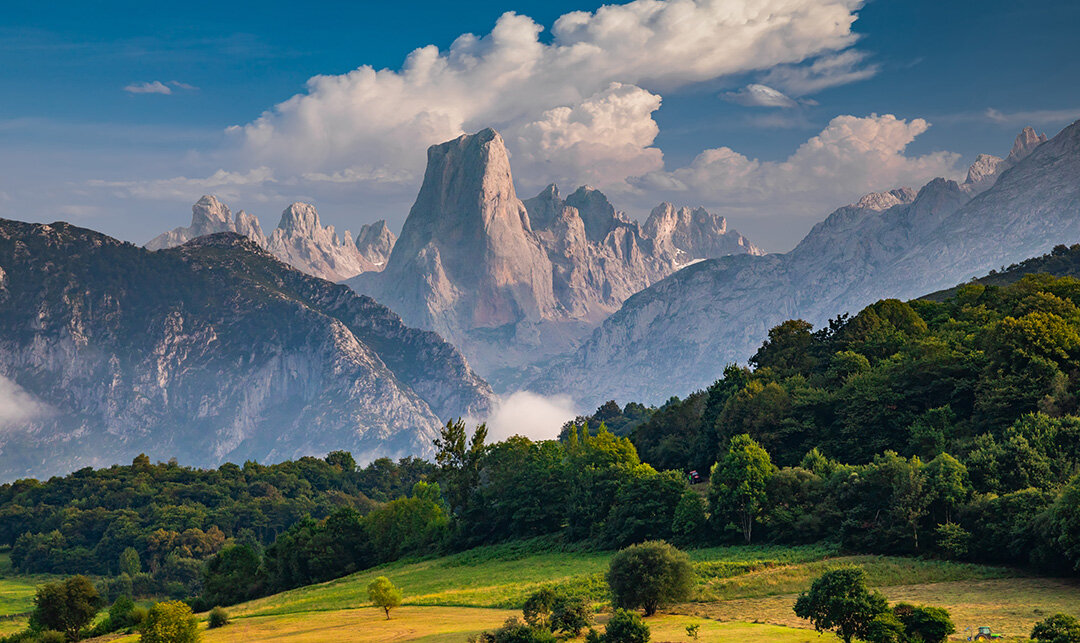
Whoever goes to Asturias for the first time, without having read or heard anything about it, instantly gets two surprises: first, that it is a place steeped in history and tradition; and second, that its inhabitants have a unique, friendly nature.
Over a thousand years ago, amid high limestone peaks, green mountains, lush forests, mighty rivers, lakes, springs, waterfalls, orchards, high mountain meadows and vast grazing lands... a kingdom emerged that had thirteen kings, the first of whom was Pelayo, whose memory is especially preserved at the Royal Site of Covadonga in Cangas de Onís. The last was Alfonso III, known as The Great, and for nearly one hundred and fifty years in between the two, a great deal of history –battles included– which was to be decisive in the social and geographical evolution of the Iberian Peninsula as well as that of present-day Spain. Asturias was the first Christian kingdom of this European peninsula and many traces remain of that ancient kingdom –the most prominent among which is Asturian Art, also known as Pre-Romanesque Art, declared World Heritage by UNESCO. There have likewise endured numerous reminders of the nobility and lineage that runs through the bowels of this land, which, since the 14th century, also comprises a Principality, the region most closely linked to the Spanish monarchy since those ancient times right up to the present day.
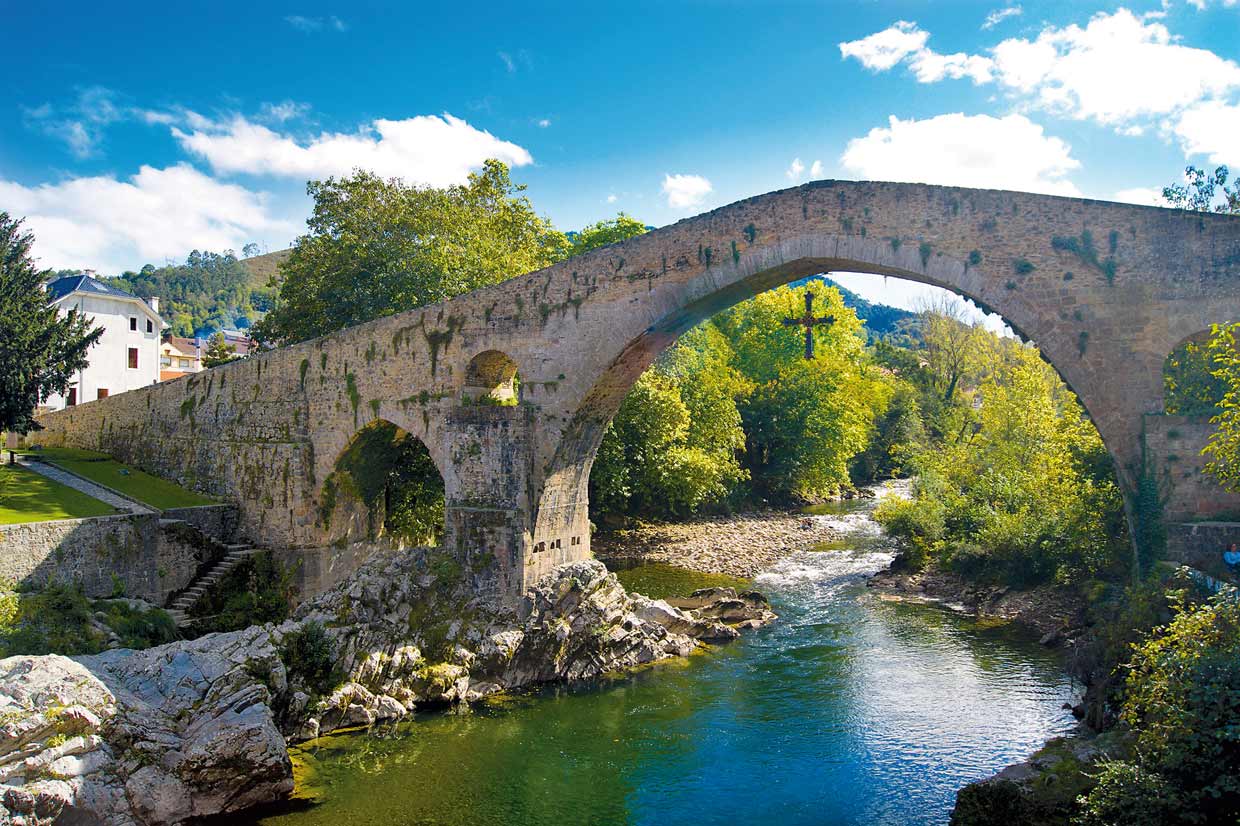


And between the 14th and 20th centuries, so much history…a history of a beautiful, yet forceful rural Asturias, which lives on today; of the development of three cities - Oviedo (the capital), Gijón and Avilés; of almost twenty fishing towns and numerous historic towns and villages; of over 200 beaches and a well-preserved coast; of rich industrial heritage, the result of technological and manufacturing prosperity; of 6 Biosphere Reserves; of 5 World Heritage Caves; of a rich cuisine that makes the region, among other features, the leading cheese-producing area in Europe… and much, much more. A veritable Natural Paradise!
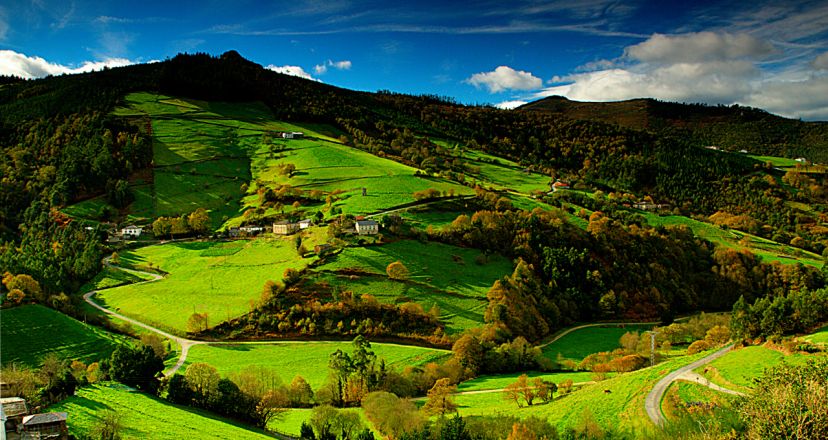

In this region, the cult of the palate can be perceived by the fact that practically everything is celebrated, commemorated, remembered or enjoyed around a table covered with a tablecloth. The green Asturian terrain is a symbol of fertility, food from a rich fertile land and pasture for cattle producing their famous meat and milk. More than three hundred kilometres of coastline and some of the best Cantabrian ports guarantee excellent fish and shellfish cuisine. It can be said, therefore, that Asturias is a true natural pantry.
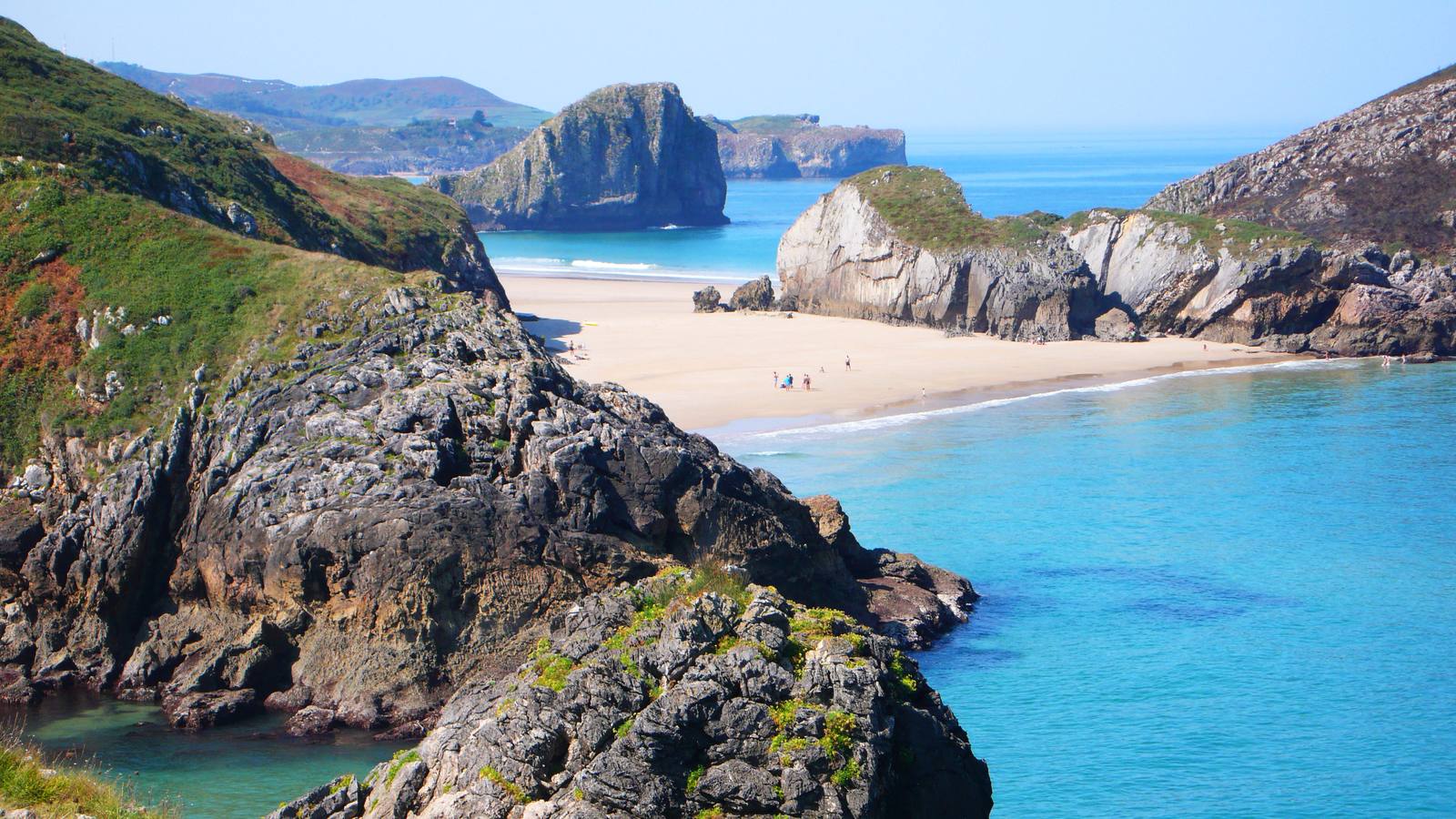

When one head towards southwest Asturias you encounter a surprisingly different landscape. Mountains rising to infinity and winding roads racing towards their shelter, where their tiers appear and we get our first impression 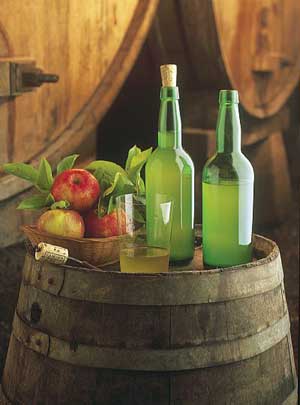 of that heroic mountain viticulture that is practised in Asturias and which constitutes a unique spectacle. They may look like simple terraces capriciously won from the abyss, but you just have to sharpen your gaze to see in their soil the vineyards that stand up proudly, obvious proof that you have entered wine country. of that heroic mountain viticulture that is practised in Asturias and which constitutes a unique spectacle. They may look like simple terraces capriciously won from the abyss, but you just have to sharpen your gaze to see in their soil the vineyards that stand up proudly, obvious proof that you have entered wine country.
However, Asturias doesn’t just have wine. In the year 60BC, Estrabon, the Greek traveller and writer, cited cider without ever having tried it. Today this would almost be a sacrilege. In the juice of the apple, the Asturians have not just their local drink, but also a cultural element that forms part of their way of seeing life, an umbrella beneath which territories are joined together, and even a sign of identity. The sensation of pouring cider, for example, is a unique experience, which is experienced in a special way in Asturias because it is the only cider-making region in which this playful-gastronomic ‘ritual' is carried out.
Asturias is a Natural Paradise and this reality as can be proved by the numbers: a third of Asturias's territory is environmentally protected. For this reason, the traveller encounters beautiful untouched landscapes, among which stand out six gems, the six biosphere reserves recognised by UNESCO.
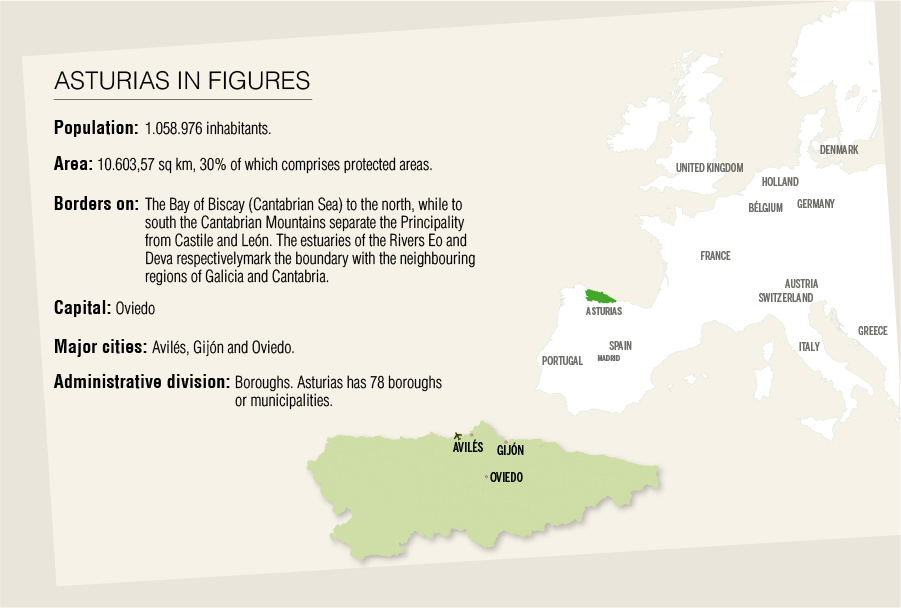
The Asturian coast is one of the best-preserved in the whole of Spain. So much so that its purity makes the cliffs, the level green coastline and the beaches a perfect refuge for those who like untouched nature. In addition, their fishing villages – totalling almost twenty along the three hundred and forty-five kilometres of the coast - have grown, adopting impossible shapes, on hillsides which shelter the ports, and even remember the days when they were whaling docks, landing points for kings and a shelter from storms. Asturias has so much more to offer so why not give it a go and experience the ‘Green Spain’.
 2
Like
Published at 11:05 PM Comments (0)
2
Like
Published at 11:05 PM Comments (0)
Spam post or Abuse? Please let us know
|
|